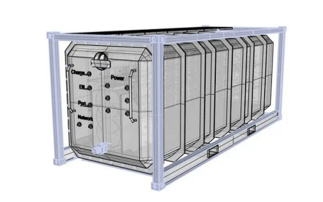Machine will be capable of more than 16,000 trillion calculations per second
The Met Office is to take delivery of a 140-tonne £97m Cray supercomputer in a bid to improve the accuracy of its weather forecasts and yield £2bn worth of socio-economic benefits in the process. ...
To continue reading this article...
Join Computing
- Unlimited access to real-time news, analysis and opinion from the technology industry
- Receive important and breaking news in our daily newsletter
- Be the first to hear about our events and awards programmes
- Join live member only interviews with IT leaders at the ‘IT Lounge’; your chance to ask your burning tech questions and have them answered
- Access to the Computing Delta hub providing market intelligence and research
- Receive our members-only newsletter with exclusive opinion pieces from senior IT Leaders



















